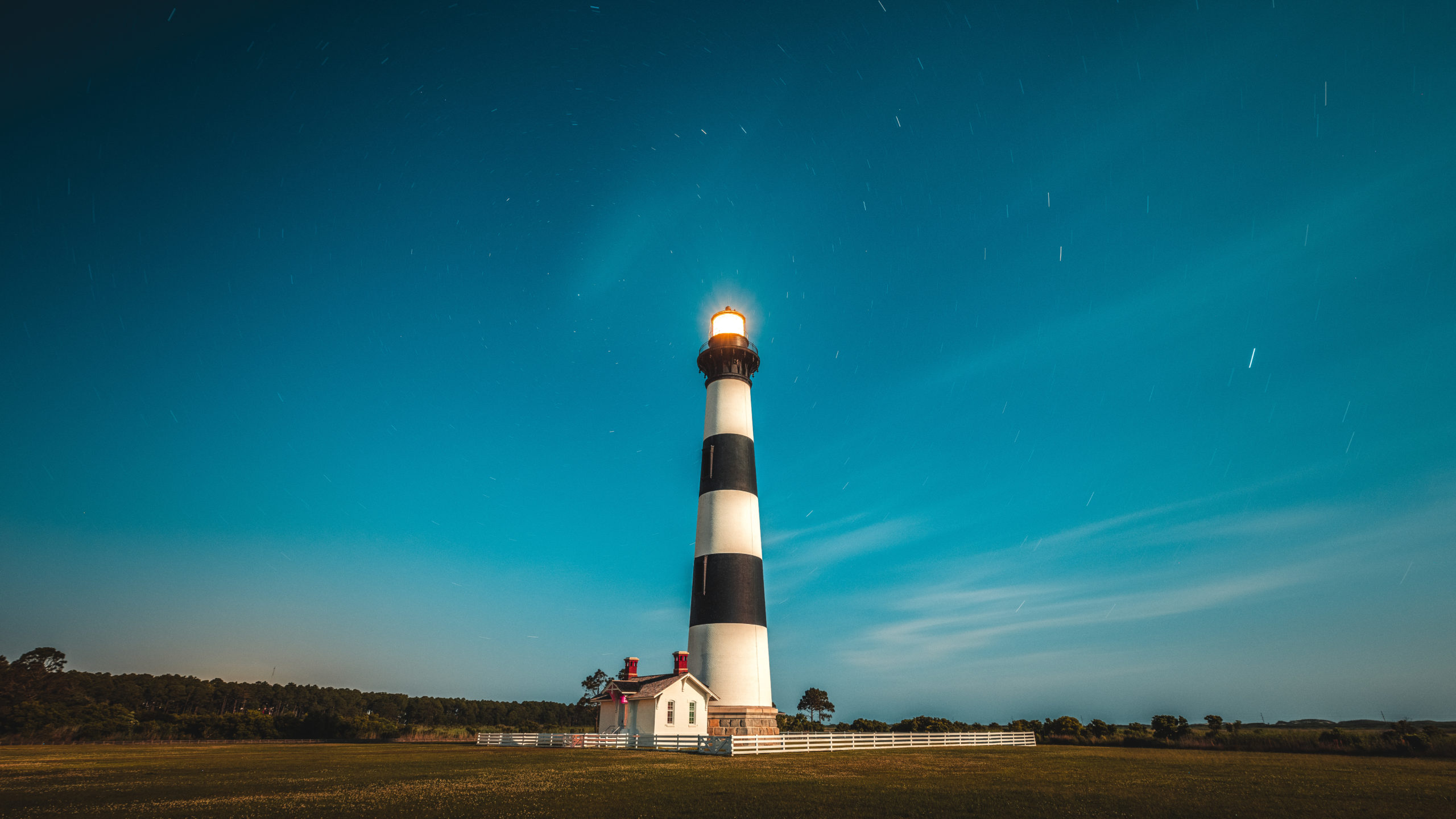Have you ever wondered why the sky remains illuminated even after the sun dips below the horizon? The answer lies in the intriguing science of twilight. In this post, we’ll talk about the different stages of twilight and the things that affect how long it takes for it to get dark after the sun goes down.
Twilight is a beautiful nature event that happens both before and after sunrise and sunset. It is a very important part of the change from day to night. By the end of this post, you’ll understand the science behind why the sky changes color and how long it takes for it to get completely dark. So, let’s dive in and try to figure out what twilight is all about and how it affects our daily lives.
Understanding Sunset and Twilight
What is Sunset?

Sunset is the point in time when the sun goes below the horizon, and the sky begins to darken. It’s that beautiful moment when the sun’s rays are no longer visible on the ground. The time before the sunsetting is typically called golden hour as it lights the sky up in a golden glow. The duration of sunset depends on the time of the year and the latitude of the location. During the winter months, the sunset occurs earlier in the day, while during the summer months, it occurs later in the day.
What is Twilight?

Twilight is the period of time before sunrise and after sunset when the sky is partially illuminated. It’s that beautiful moment when the sky glows with a mix of colors like orange, pink, and purple. The duration of twilight also depends on the time of year and the location. At higher latitudes, twilight can last for hours in summer, while near the equator, nightfall occurs more quickly.
Light pollution from cities makes it hard to see the natural changes in the sky during twilight. Because of too much artificial light, it’s difficult to notice the sky getting darker after the sun sets. This means we miss seeing the different stages of twilight and the stars and planets that appear during this time.
Twilight is divided into three categories: civil, nautical, and astronomical:
- Civil Twilight: Civil twilight begins when the sun is 6 degrees below the horizon and ends when the sun is 0 degrees below the horizon. During this period, there is still enough light for outdoor activities.
- Nautical Twilight: Nautical twilight begins when the sun is 12 degrees below the horizon and ends when the sun is 6 degrees below the horizon. During this period, it’s difficult to see objects on the horizon.
- Astronomical Twilight: Astronomical twilight which is the final phase of twilight begins when the sun is 18 degrees below the horizon and ends when the sun is 12 degrees below the horizon. During this period, it’s completely dark outside, and only the brightest stars and planets are visible
Sunset and twilight are both beautiful natural occurrences that happen every day. Understanding the different types of twilight can help you plan your outdoor activities, whether you’re going for a morning or evening walk or going stargazing. So next time you see the sky change colors, take a moment to appreciate the beauty of sunset and twilight.
How Long Does It Take to Get Dark After Sunset?
The 18-Degree Rule
When we talk about the duration of daylight and when it gets dark after sunset, the 18-degree rule is a helpful concept to keep in mind. The rule states that when the sun is 18 degrees below the horizon, it’s considered to be nighttime. This means that the sky is no longer illuminated by direct sunlight, and the amount of light available decreases rapidly.
This rule is useful because it provides a consistent way to determine when it will get dark, no matter where you are or what time of year it is. In general, it takes about 30 minutes for the sun to dip 6 degrees below the horizon, so it will take approximately 1 hour for the sun to reach 18 degrees below the horizon and for it to be completely dark outside.
Twilight Calculator
However, the exact time when it gets dark after sunset can vary depending on your location, the time of year, and other factors. Fortunately, there are many online tools available to help you calculate the time of sunset and the duration of twilight in your area.
Of course you can use our sunrise and sunset times tool to instantly find what time twilight is for any location. It’ll provide you with a detailed breakdown of when the sun will rise and set, as well as the duration of civil, nautical, and astronomical twilight. Civil twilight is the period when there is still enough light to perform outdoor activities, while nautical twilight marks the time when the horizon is no longer visible. Astronomical twilight is the time when the sky is completely dark, and only the stars are visible.
Using a tool with twilight information can help you plan your activities accordingly and avoid being caught outside in the dark. Whether you’re a photographer looking to capture the perfect sunset shot or simply trying to time your evening walk, this tool can be a valuable resource to have at your fingertips.
Understanding how long it takes to get dark after sunset can help you plan your activities and stay safe when you’re outside at night. By keeping the 18-degree rule in mind and using tools, you can ensure that you’re always prepared and ready for whatever the night may bring.
Different Phases of Twilight
Civil Twilight
Civil twilight is the period after sunset when the sky is still illuminated. This phase begins when the sun is 6 degrees below the horizon and ends when it reaches 0 degrees. During civil twilight, there is still enough light to perform outdoor activities without requiring additional lighting. This phase is ideal for photography, as the sky still has a beautiful blue hue. The duration of civil twilight varies depending on the time of year and location.
Nautical Twilight
Nautical twilight is the period when the sun is between 6 and 12 degrees below the horizon. During this phase, the sky darkens, and stars become visible. Nautical twilight is the perfect time for sailors to take navigation readings using the stars. The duration of nautical twilight lasts for about an hour and a half, depending on the time of year and location.
Astronomical Twilight
Astronomical twilight is the period after nautical twilight when the sun is between 12 and 18 degrees below the horizon. During this time, the sky gets darker, and it becomes challenging to see anything without additional lighting. Astronomical twilight is the perfect time for astronomers to observe the night sky as it is dark enough to see stars and other celestial objects. The duration of astronomical twilight can last for up to two hours, depending on the time of year and location.
Conclusion
The time it takes to get dark after sunset varies depending on various factors. Geographic location, time of year, and atmospheric conditions all contribute to the duration of twilight. Typically, it can take anywhere from 70 to 100 minutes for complete darkness to set in.
To accurately predict the time it takes for darkness to fall in a specific location, one can utilize online tools and resources. Understanding this phenomenon not only helps in planning outdoor activities but also enhances the appreciation for the natural world and its daily transitions.
